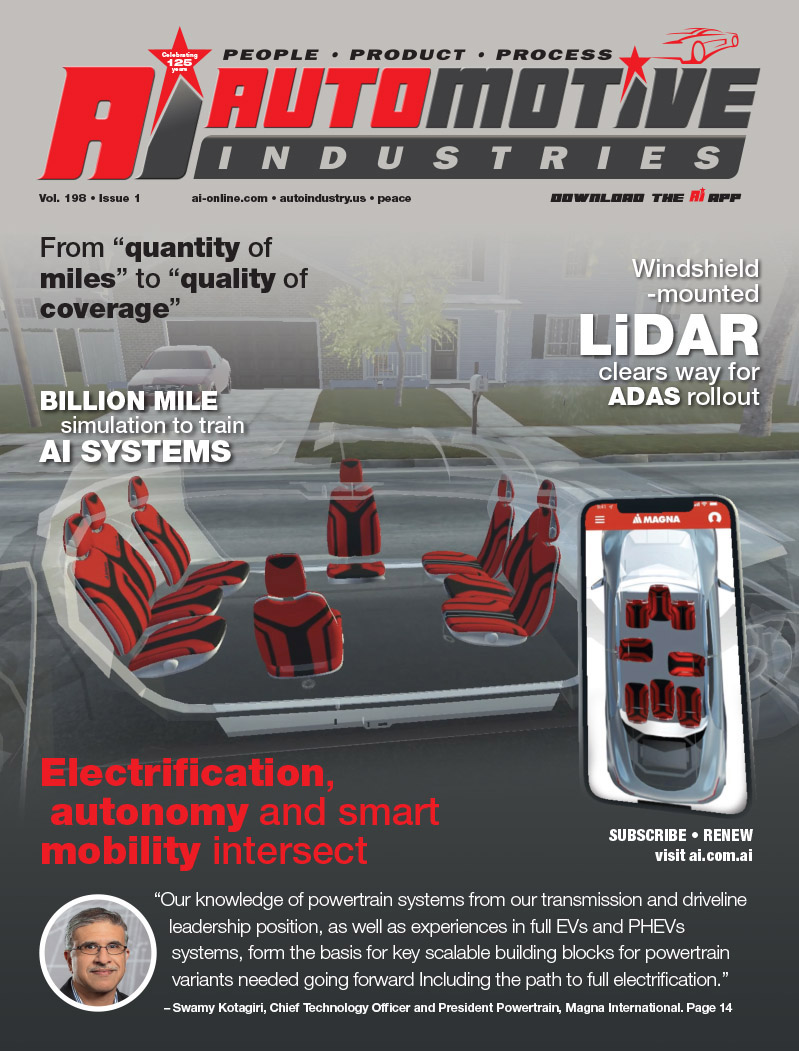
Phase 2: The present
What Is An Electric Car?
An electric car is powered by an electric motor instead of a gasoline engine. The electric motor gets energy from a controller, which regulates the amount of power—based on the driver’s use of an accelerator pedal. The electric car (also known as electric vehicle or EV) uses energy stored in its rechargeable batteries, which are recharged by common household electricity.
With the all-electric Leaf, Nissan is taking the lead in pure electric cars in the United States. The Nissan Leaf is a medium-size all-electric hatchback that seats five adults and has a range of 100 miles. The purchase price is around $25,000, after federal government incentives. It started to roll out in select cities in late 2010.
Unlike a hybrid car—which is fueled by gasoline and uses a battery and motor to improve efficiency—an electric car is powered exclusively by electricity. Historically, EVs have not been widely adopted because of limited driving range before needing to be recharged, long recharging times, and a lack of commitment by automakers to produce and market electric cars that have all the creature comforts of gas-powered cars. That’s changing. As battery technology improves—simultaneously increasing energy storage and reducing cost—major automakers are expected to begin introducing a new generation of electric cars.
Electric cars produce no tailpipe emissions, reduce our dependency on oil, and are cheaper to operate. Of course, the process of producing the electricity moves the emissions further upstream to the utility company’s smokestack—but even dirty electricity used in electric cars usually reduces our collective carbon footprint.
Another factor is convenience: In one trip to the gas station, you can pump 330 kilowatt-hours of energy into a 10-gallon tank. It would take about 9 days to get the same amount of energy from household electric current. Fortunately, it takes hours and not days to recharge an electric car, because it’s much more efficient. Speaking of convenience, let’s not forget two important points: charging up at home means never going to a gas station—and electric cars require almost none of the maintenance, like oil changes and emissions checks, that internal combustion cars require.
Electric motors develop their highest torque from zero rpms—meaning fast (and silent) zero-to-60 acceleration times.
Note: In the illustration, we show the relative features of electric cars and gas-powered cars. However, it doesn’t have to be an “either-or” situation. Plug-in hybrids offer many of the benefits of electric cars while mitigating most of the drawbacks, such as limited driving range.
2010 the year of the Electric Car?
The big year for electric cars seemed to be in 2010. There were plenty of big manufacturers planning to bring their electric cars to the masses and the future was looking bright!
However, most of these plans either fell through or got pushed back which seems to always be the way it is with electric vehicles.
A few things did get through though like the Nissan Leaf which went on sale for the first time in the US in December 2010. The Chevy Volt also went on sale around the same time in the US. The Mitsubishi MiEV went on sale in its home country of Japan in 2009.
These are the first major manufacturers to really come through with their promises of delivering their electric cars on time. The one thing that really feels like progress is when I can go to a local mainstream dealer like Nissan where I can order a real electric car and not just get a promise for the future!
Environmentally Friendly?
A full 12 years after Toyota sold its first Prius in the United States and came to pretty much dominate the U.S. market for environmentally friendly cars, drivers in America will have two more options for green transportation: Chevrolet’s Volt and Nissan’s Leaf.
The Volt is a gas-electric hybrid, but unlike the Prius, the gas is not used to drive the power train. Instead it has an electric engine that can propel the car 40 miles on one charge. If the car needs more range, a gas engine kicks in to power a generator that creates additional electricity for the electric motor. The Leaf is an all-electric car that has a 100-mile range on a rechargeable lithium-ion battery that can be fed using a standard three-prong household electrical outlet, and lacks even a tailpipe.
At first it would seem that the Leaf, or any all-electric car for that matter, trumps its internal combustion-carrying counterparts. With conventional cars, this is pretty much true. Combustible engine cars are noisy, burn gasoline – and grossly inefficiently at that – pollute and emit chemicals that are bad for the atmosphere. Electric vehicles are quiet and spew no emissions.
But the difference in environmental impact between combustible engine cars, hybrid vehicles and all-electric ones isn’t quite as large as it first appears.
It all comes down to carbon emissions, and even though electric vehicles spew zero emissions, they aren’t necessarily carbon neutral. So that begs the question, are they better for the environment than ones powered by fossil fuels?
“Zero-tailpipe emissions unfortunately don’t necessarily mean zero emissions,” says Dennis Ruez Jr., the environmental studies department chair at the University of Illinois at Springfield.
Carbon-neutrality refers to emissions of carbon dioxide that are released during any point in the life span of the vehicle, from the earth-moving machines used to mining the lithium for the car’s batteries, to the plant where the car is built, to the power plant that feeds the electrical source the car is ultimately plugged into. None of those can emit carbon dioxide. If any do, the electric vehicle isn’t carbon-neutral.
Attaining complete carbon neutrality is virtually impossible, or at least so unattainable it’s akin to holding out for a vehicle that runs on cold fusion. Instead, researchers are chipping away at problems in smaller sizes, with a specific focus on the power plant — the source of most EV emissions.
“The well-known issue here is the source of the electricity,” says Ruez. “If the electricity is from a coal- or gas-fired power plant, then there are still carbon emissions from that vehicle’s use.”
There is about a 50-percent chance in the United States that the electricity that’s used to charge the batteries of a plug-in electric vehicle is generated by burning coal. Since the burned coal used to power an electric vehicle emits carbon dioxide to power the electric car, it goes on the car’s emissions tally.
“The general consensus is that if you power an electric vehicle from coal, the net carbon emissions are about the same as a gasoline vehicle,” says Paul Denholm, senior analyst at the National Renewable Energy Laboratory in Golden, Colo. “But that’s the worst-case scenario; anything that is a cleaner source is an improvement.”
Such a problem can also provide solutions; at the very least, energy researchers looking to make improvements on net carbon dioxide emissions have a clear picture of their point of attack.
Investigating ways to reduce the carbon dioxide emissions of power plants that generate electricity through fossil fuels can lead to sweeping reductions in carbon dioxide emissions, especially as sales of plug-in electric vehicles rise. Influencing the source, in other words, can have a metastasizing effect elsewhere along the electrical grid.
“Using a centralized energy source would facilitate future environmentally friendly steps,” says Ruez. “It’s easier to add carbon scrubbers to a single power station than to 100,000 vehicles in an area.”
Ultimately, both Ruez and Denholm agree that electric vehicles are better for the environment than cars that run on fossil fuels, as they represent an important step toward reducing emission. As the number of electrical grows, utility companies will have more incentive to upgrade the electrical grid and make renewable energy sources more practical. And that is good for everyone.
Want to learn more about current and future developments in Electric Vehicles?
Visit our Download Center for more articles, whitepapers and interviews:
http://bit.ly/ev-articles









More Stories
MESSRING completes new crash test facility for Mahindra in India
ROHM Develops an Ultra-Compact MOSFET Featuring Industry-Leading* Low ON-Resistance Ideal for Fast Charging Applications
More than 30 of the top 50 global suppliers have production facilities in Turkey